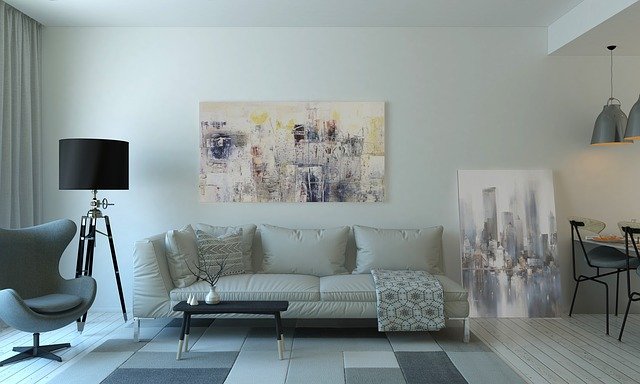Different Types of Restaurant Furniture And Which Would Work For You
Finding furniture that would suit the ambiance of your restaurant is the sort of decision that you might not pay attention to at first, but gaining some experience in the industry will reveal that it is not something that you should take lightly. One reason for this is that there is a very diverse range of options available when it comes to furniture and the like. We are going to attempt to educate you about these options, along with their potential benefits and possible downsides.
The most common option that most restaurants tend to go for is wooden furniture. There is a clear sense of elegance and sophistication that comes with the use of such furniture. If you are thinking of opening a high end eatery, wood furniture might just be the only option that is worth considering for you. The durability of this material is another thing that makes it a worthy consideration. A sizeable investment in wooden restaurant chairs might mean that you wouldn’t have to spend any more money on furniture for the foreseeable future, which can help direct more funds towards other areas such as expanding the size of your business or branching out into other areas.
There is also a lot that can be said about the fact that wood is a natural material. Our present society involves the use of a lot of unnatural-looking materials, many of which create a harsh aesthetic that lots of people would like to escape from. The use of wood can help restaurants avoid such an aesthetic, thereby creating warmer and more comforting tones that would help customers feel safe and secure in that environment which would facilitate a much more enjoyable meal.
That said, wood is by no means a perfect material. There are several drawbacks associated with using it, and a lot of them have to do with the absorbent nature of wood. Liquid spills can sometimes ruin wood since it absorbs most liquids, and cleaning up can be a real hassle due to this. Wood is also rather prone to scratches and the like, particularly if you use softer woods which tend to be more environmentally sustainable and are subsequently gaining popularity these days.
Furniture made out of wood is also generally quite heavy, something that you would want to consider if you plan on moving your premises anytime soon as the process by which wooden furniture must be moved can be arduous and painstaking.
Now, there is a way to get around these issues. Vendors that offer wood furniture for restaurants also provide a service by which they can apply a coating of protective veneer. Coatings such as this can protect the wood from liquids that might have otherwise damaged it, as well as making it less prone to scratches and the like.
One aspect of wooden furniture that many don’t like is that it doesn’t last very long if you use it outdoors which makes it highly unsuitable for restaurants that might want to offer outdoor dining and seating. The veneer will solve this issue too by protecting the wood from damage caused by sunlight and rain. There is no solution to the weight issue, though. This is just something that you will have to deal with if you opt for this material, so it’s all about whether or not the pros outweigh the cons for you.
It might seem like there are not many alternatives that could measure up to wood, but aluminum is one material that has been making waves recently. It might just be the perfect material if you want something that is both lightweight and highly durable, both of which are problems that might make wood unsuitable for your specific needs. Restaurants that offer an outdoor dining experience will greatly prefer aluminum due to its durability and its resistance to weather-based phenomena that would do a real number on wood, and you don’t need to spend extra money to apply a coating to make this the case either.
As far as money is concerned, aluminum tends to be available at prices that are so affordable they often belie the tremendous benefits that such a material can offer to those willing to give it a shot. Maintenance can also be a real breeze since the slick nature of aluminum surfaces means that absolutely no liquid would be absorbed. Instead, one can wipe down the surfaces with a cloth or any other material, leaving them looking more or less good as new. Aluminum doesn’t get stained, so if a customer spills a drink or food on it you would only have to deal with the hassle of the cleanup without having to worry about the kind of damage it would do.
If there is one thing that might make people want to avoid aluminum, it’s the fact that it often doesn’t work all that well with high-end or luxurious aesthetics. It is perfect for mid-range diners, cafes, and eateries, but for restaurants serving haute cuisine, the use of aluminum would often result in an uncomfortable visual experience for customers. This is a small section of the restaurant industry though, and for them, the downsides of using wood are not quite as important as the aesthetic benefits that make the furniture fit into the vibe they are going for.
Other materials can be used as well such as steel or plastic. They both have their own pros and cons, but most consider them to be niche options with aluminum and wood being the two mainstream choices that you can go for. These two materials are popular because they both provide things that the other does not, and they generally offer benefits that would fit into the strategies that most kinds of restaurants would be looking to follow.

